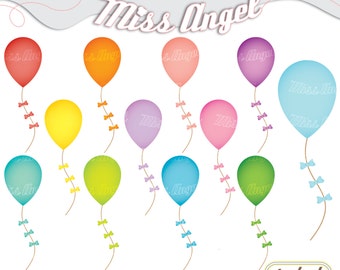Fun with Numbers
Teacher's objectives and Students Evaluation
Lesson: At the end of the activities, the child should be able to:
1. tell the number of objects in a set (from 11 to 20)
2. write 11 to 20 in numerals and number words
Numerals 11 to 20
Guide: Whenever a situation arises wherein a child does something praiseworthy, announce to the class, "Let's give (name of child) (a number from eleven to twenty) claps!: have them count as they clap.
These are the Numerals 11 to 20. Let's study them!
11 - eleven 16 - sixteen
12 - twelve 17 - seventeen
13 - thirteen 18 - eighteen
14 - fourteen 19 - nineteen
15 - fifteen 20 - twenty
Activity:
Encircle enough pictures to match each number word.
Eleven
Maigue, Geonalyn R.
BEEd III






